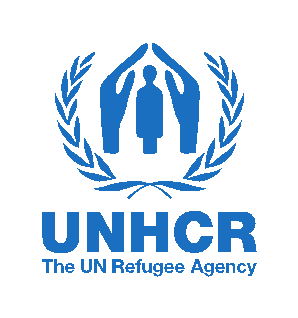Apr 2016 - Jan 2017 | UNHCR
During 2016, in Cameroon, Djohong, UNHCR worked to use education and peer support to address SGBV experienced by young women. The aim is to reduce the rate of forced and/or early marriage and early pregnancy among young women through peer education and support. The project aims also to reduce the number of youth without work in refugee camp communities through peer support network and art training. In addition, the projects sought to reduce the use of drugs and involvement in crime by providing training and leadership opportunities.
